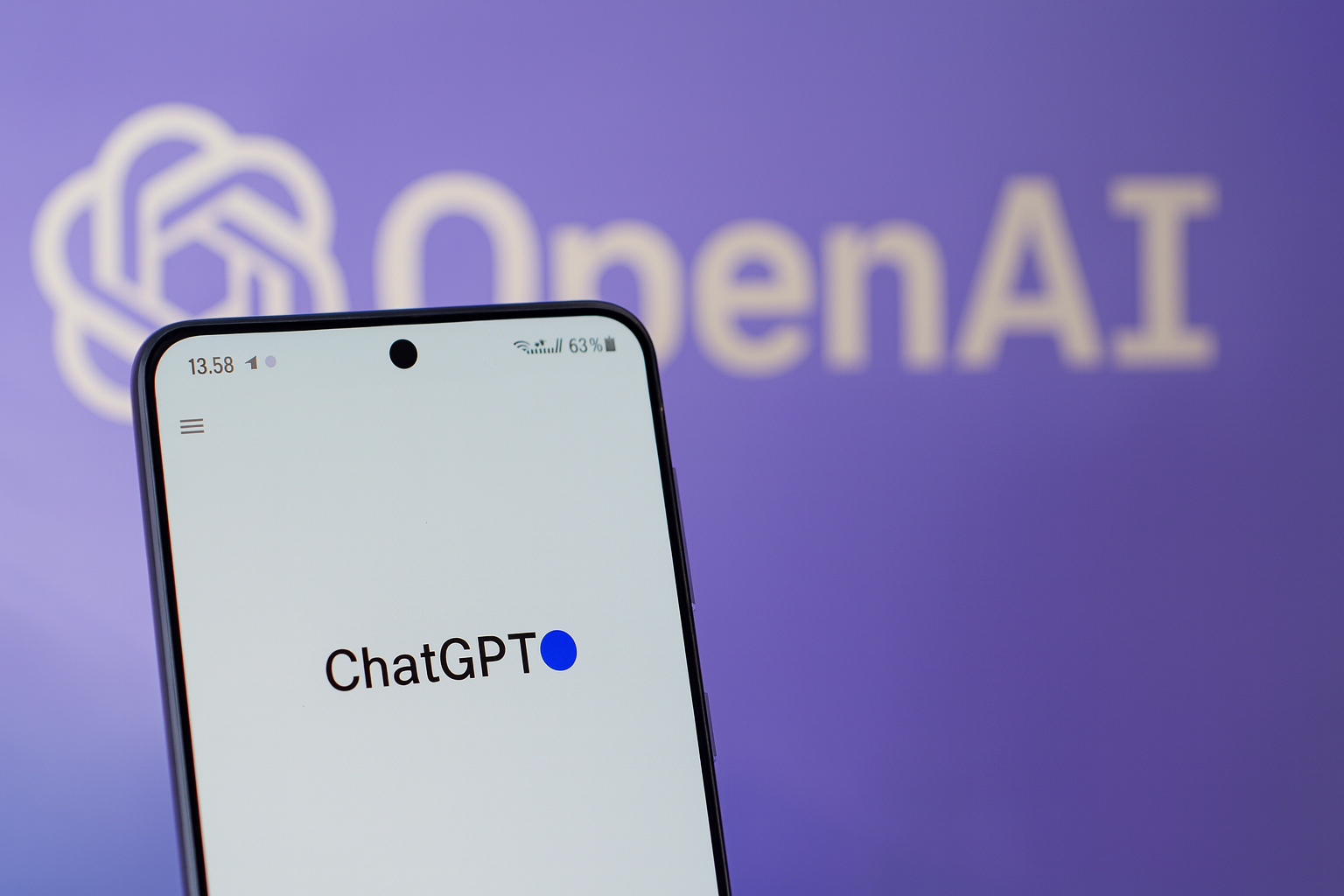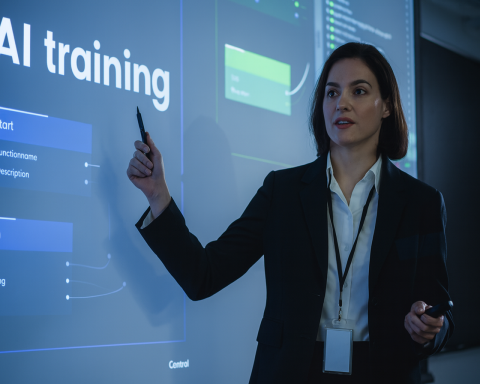- What launched: OpenAI rolled out parental controls that let parents link their ChatGPT account to a teen’s account (ages 13–17) to set limits and get safety alerts. Available now. OpenAI
- Core controls: Parents can reduce sensitive content (on by default for linked teen accounts), set quiet hours, disable voice and image generation, turn off memory, and opt out of model training for their teen. OpenAI
- Safety alerts: If OpenAI’s systems and a human reviewer see signs of acute self‑harm risk, parents may get an email/SMS/push alert; no chat transcripts are shared. OpenAI
- Availability: OpenAI says it’s live “for all ChatGPT users” starting Sept. 29, 2025; The Verge reports web first, with mobile “coming soon.” OpenAI
- Privacy boundaries: Parents cannot read their teen’s chats. Teens can unlink at any time (parents are notified). OpenAI Help Center
- Who can use it: ChatGPT isn’t for children under 13; teens 13–17 require parental consent. OpenAI Help Center
- How to enable: Parents invite a teen by email or phone from Settings → Parental controls; one teen can link to only one parent for now. OpenAI Help Center
- Sora tie‑in: Controls also extend to Sora (OpenAI’s video app) for linked teens—e.g., non‑personalized feed, DM controls, limiting continuous feed. OpenAI
- Why now: The launch follows a teen suicide lawsuit and growing regulatory scrutiny of AI’s impact on minors. Reuters
- Early criticism: Reporters found the controls can be circumvented (e.g., by creating a new account) and alerts may be delayed; advocates warn the burden still sits on parents. The Washington Post
- What’s next: OpenAI says it’s building an age‑prediction system to auto‑apply teen settings and may involve law enforcement in rare imminent‑harm cases. OpenAI
What shipped—and when
On September 29, 2025, OpenAI introduced a dedicated Parental controls section in ChatGPT. Parents can link accounts with their teens and then configure safety and feature limitations from a single dashboard. OpenAI says these controls are available starting today; reporting suggests they’re live on the web with mobile support rolling out. OpenAI
How linking works (and who it’s for)
A parent sends an invite by email or phone; the teen must opt in by accepting the link. Either side can unlink later; if the teen unlinks, parents receive a notification. At launch, a teen can link to one parent account. The controls are designed for ages 13–17; under‑13 users aren’t permitted on ChatGPT. OpenAI Help Center
What parents can control in ChatGPT
Once linked, parents can tailor the teen experience via toggles:
- Reduce sensitive content (default on for linked teen accounts): lowers exposure to graphic content, viral challenges, sexual/romantic or violent roleplay, and extreme beauty ideals. Teens cannot change this; parents can. OpenAI
- Quiet hours: Block access during specific times (one window at a time). OpenAI Help Center
- Voice mode: Disable voice conversations. OpenAI
- Image generation: Disable image creation/editing. OpenAI
- Memory: Turn off “memory” so ChatGPT won’t store new memories; previously saved memories are deleted within 30 days. OpenAI Help Center
- Model training: Opt the teen’s chats out of training without limiting functionality. OpenAI Help Center
Safety notifications: how they work and what you’ll (not) see
OpenAI added a routing and review flow to detect possible self‑harm risk in teen conversations. When detection triggers, a trained human reviewer assesses whether there are signs of acute distress. If so—and unless a parent opted out—OpenAI will send alerts via email, SMS, and/or push. The alert does not include chat transcripts, only the information needed to support the teen. OpenAI notes scenarios where it may contact law enforcement if danger appears imminent and parents can’t be reached. OpenAI
Early reporting suggests these alerts are intended to arrive within hours, though some testers observed longer delays; OpenAI says it’s working to shorten the lag. WIRED
Availability and platforms
OpenAI characterizes the release as available to all ChatGPT users; The Verge says it’s rolling out on the web first, with mobile “coming soon.” Expect regional and platform timing to vary slightly as the rollout completes. OpenAI
Privacy boundaries and data control
These controls do not give parents access to chat histories. OpenAI emphasizes teen privacy while still enabling crisis‑only alerts. Parents can also opt out of model training for a teen’s account, and they can turn off memory for less personalization. Teens can unlink, and parents are notified when that happens. OpenAI Help Center
How to turn it on (quick start)
- In your ChatGPT account, open Settings → Parental controls.
- Click + Add family member and invite your teen via phone or email.
- After your teen accepts in their account, select their name to adjust settings (Reduce sensitive content, Memory, Voice, Image generation, Quiet hours, Model training).
- Choose whether to receive alerts by email/SMS/push. OpenAI Help Center
Why now: the backdrop
The controls arrive amid regulatory scrutiny and a wrongful‑death lawsuit alleging ChatGPT played a role in a California teen’s suicide. Reuters reports that the new linked‑account safeguards and alerting system follow these developments. Reuters
Early feedback: what’s working, what’s not
- Bypass risk: A Washington Post test says a savvy teen could log out and create a new account to bypass controls—highlighting the limits of opt‑in linking. The Washington Post
- Alert timeliness & precision: Some tests observed delays and vague alerts; OpenAI says human review and privacy constraints shape what parents receive and that it aims to accelerate notifications. The Washington Post
- Switch reliability: Reporters also spotted cases where image‑generation disallowed still produced images or workarounds; OpenAI acknowledged this behavior was “not ideal.” The Washington Post
- Bigger picture: Critics argue the tools shift burden to parents and don’t address chatbots encouraging para‑social dependence in teens; supporters counter that some guardrails are better than none and could save lives. Vox
What’s next: auto‑protecting teens by default
OpenAI outlined a longer‑term age‑prediction system to estimate whether a user is under 18 and automatically apply teen‑appropriate policies (and, in rare emergencies, involve law enforcement). Until then, parental controls are the most reliable way to guide a teen’s ChatGPT experience. OpenAI
How Sora factors in
OpenAI added that linked‑account controls extend to Sora: parents can opt into a non‑personalized feed, control DMs, and limit continuous scrolling in the app—meant to reduce compulsive viewing and exposure to sensitive content. OpenAI
Practical tips for families
- Use the defaults—then tighten: Leave Reduce sensitive content on; consider disabling Memory, Voice, and Image generation for school nights, and set Quiet hours to enforce downtime. OpenAI Help Center
- Opt out of model training: It doesn’t reduce functionality and limits data reuse. OpenAI Help Center
- Talk about boundaries: Controls aren’t foolproof; pair them with family rules about AI use and periodic check‑ins. (OpenAI links to a parent resource page with conversation starters.) OpenAI
- Know the age rules: Under‑13s shouldn’t use ChatGPT; teens need parental consent. OpenAI Help Center
Bottom line
OpenAI’s parental controls mark a meaningful first pass at giving families real levers over teen AI use. They introduce much‑needed content filters, time controls, and crisis alerting—without opening up chat histories. But they’re not a silver bullet: opt‑in linking, possible workarounds, and alert delays mean active parenting still matters. Watch for the promised age‑prediction system and faster, more reliable notifications as the next milestones. OpenAI












